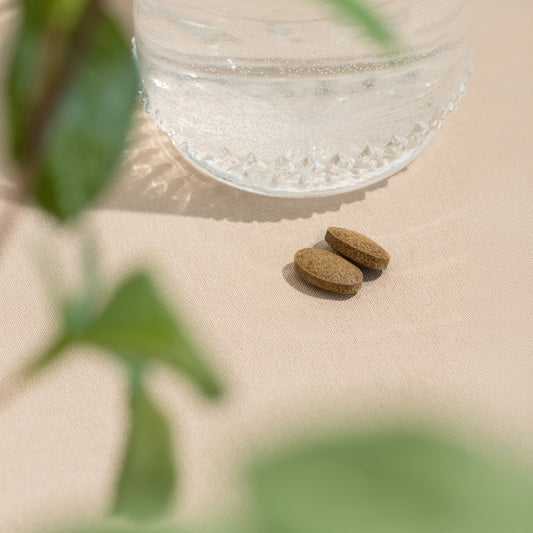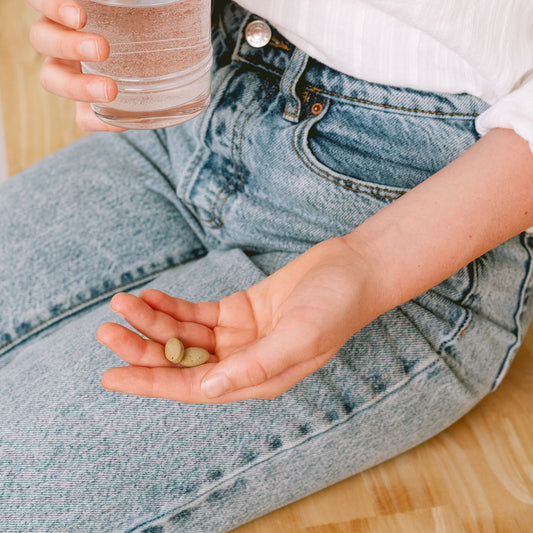
Because summer is a pitta season, your primary focus will be to keep your pitta happy, but you'll also want to take advantage of summer's natural tendency to support kapha.
Foods to Favor
Focus on eating summer foods that are good for both pitta and kapha: apples, berries, cherries, pears, pomegranate, prunes, raisins, asparagus, broccoli, cabbage, cauliflower, celery, cilantro, green beans, leafy greens, okra, peas, potatoes, rutabaga, raw spinach, sprouts, amaranth, barley, dry oats, basmati rice, rice cakes, most beans, cottage cheese, and goat's milk.1
Also consider using mild spices like fresh ginger, cardamom, clove, coriander, cumin, and turmeric to boost your agni (digestive fire).
Acceptable Seasonal Indulgences
This is a good time of year to indulge your sweet tooth, in moderation. Lighter sweets will be more supportive of kapha than heavy, creamy choices, and be careful not to disturb the digestive fire with too much cold or frozen food.
Foods to Minimize
Do your best to minimize foods that might cause either of your primary doshas to go out of balance, like ripe bananas, green grapes, grapefruit, kiwi, lemon, plums, rhubarb, tamarind, olives, brown rice, urad dal, hard cheeses, sour cream, and store-bought yogurt (home-made is fine).1
Develop a careful awareness around your eating habits and learn to notice the effect that various foods have on you. Be on the lookout for signs of excess heat (acidity, sour taste) and excess heaviness (lethargy, low energy after meals, brain fog).
Lifestyle Adjustments
Your challenge during the summer months is to push your kapha out of complacency without aggravating pitta. Be active at the cooler times of day, so that you can push yourself without overheating.
For yoga, practice a traditional pitta-balancing routine modified for kapha with a pace that pushes you slightly. Ultimately, you're searching for the balance between kapha's need for activity and pitta's sharp and often overly driven nature.
- Include some flows, chest openers, backbends, and strength-building poses, but watch your pitta tendency to strain.
- Make time for quiet reflective poses like forward bends.
- Close your practice with 5–10 minutes in Savasana (Corpse Pose).
You may find it helpful to read both the pitta and kapha sections above for some more helpful hints on supporting these doshas during the summer months.
1 Lad, Vasant. Ayurvedic Cooking for Self-Healing. The Ayurvedic Press, 2006. 232-238.







